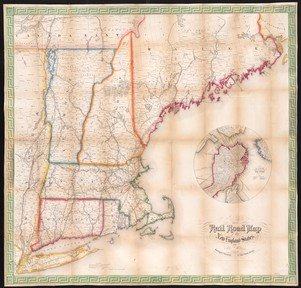
New England Cities Trivia Quiz
Here are some of the largest cities in New England. Many of them share their name with a smaller town in another New England state. Do you know which of these names are the most popular?
A classification quiz
by looney_tunes.
Estimated time: 3 mins.
- Home
- »
- Quizzes
- »
- Geography Trivia
- »
- USA
- »
- USA - Cities